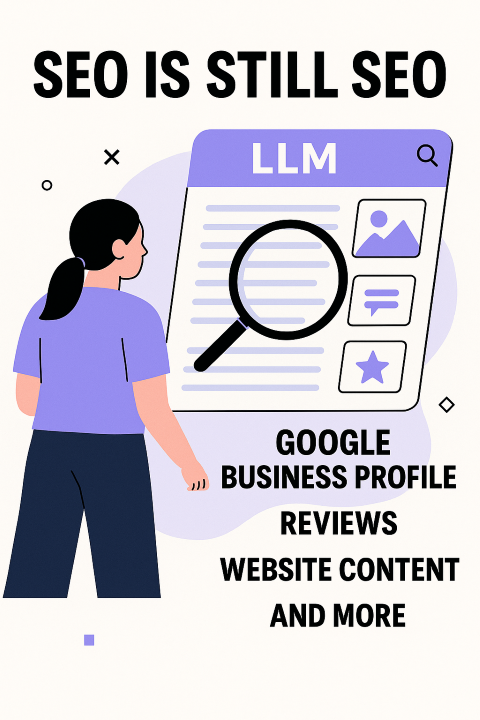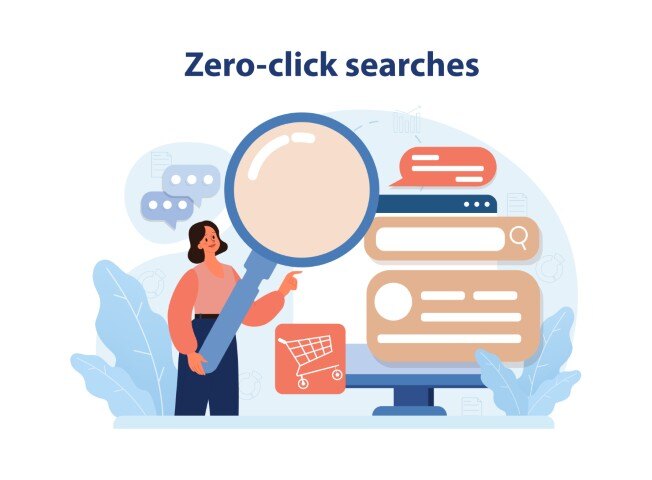In early May 2020, Google released a new and exciting announcement centered around Web Vitals and web metrics that -1.jpeg?width=284&name=AdobeStock_283633546_Editorial_Use_Only%20(1)-1.jpeg) will now be used to measure how well you rank on Google’s algorithm for the keywords that you have been working tirelessly to rank for. To date, it is Google’s most specific and publicly transparent set of metrics that individuals and businesses can use to key in on when trying to understand Google ranking factors.
will now be used to measure how well you rank on Google’s algorithm for the keywords that you have been working tirelessly to rank for. To date, it is Google’s most specific and publicly transparent set of metrics that individuals and businesses can use to key in on when trying to understand Google ranking factors.
These metrics are set to come into full effect in 2021, and Google has said that there will be a separate announcement 6 months prior to the official launch date.
Continue reading to learn more about how site speed, performance, and Lighthouse optimization can determine your website’s overall success in Google’s ever-changing algorithm.
Organization Metrics
If you’re reading this, you’re probably interested in learning more about the specific, organizing metrics and ranking facts.
Well, look no further! Below, I will list out the three most critical metrics, as well as a brief explanation of not only what they mean, but also how you can use this information to take action on your business’ website.
Site Speed/Loading Time
Ask yourself this question: “What is the largest piece of content on my website?” In asking yourself this question and identifying that piece of content (images, video or third party code), what is the loading time? If it does take more than 5 or 6 seconds, for example, is it third part code for a chat window on your homepage?

When identifying that piece of content (images, video or third party code), what is the loading time? If it does take more than 5 or 6 seconds, for example, is it third part code for a chat window on your homepage?
These are things to think about when designing a website that is meant to be optimized to perform well with Google. Google is not only measuring your website performance and speed, but it’s scanning your entire website for best practices.
Here’s a few examples of things to check out for yourself. The core vitals explained in this document are critical to Google’s ranking process.
- Custom JavaScript codes/3rd party embed codes
- 3rd party widgets; ex: Facebook, Video, Image Gallery
- Store widgets on the home page
- Multiple tracking code elements the fire individually.
This is truly just the tip of the iceberg, but these are critical things to consider when trying to optimize your site speed and loading time of the content on your site.
Interactivity
Interactivity, not to be confused with site speed and loading time, measures your websites overall responsiveness when users interact with your website. Does it respond as quickly as possible during the loading process?
User touches should result in immediate responsiveness and it should be your goal to remove any barriers between your customers and a seamless website experience.
Here are a few examples of things that may be negatively impacting your overall user interactivity:
- Chat bot interactivity - Is your chat bot responsive? How long does it take for users to receive impactful information?
- Big home pages with massive amounts of content
Pretend you’re a customer on your website. If you were a customer, is there anything about your website’s interactivity that would push you away? Are users able to quickly interact with your website and come away with valuable information and/or content?
Visual Stability

When a user decides to interact with a piece of content on your website, what visuals are displayed?
For example, have you ever tried to load a piece of video content on a website that loaded in a very clunky fashion? Oftentimes, we see visuals jumping around from the top of your screen to the bottom of your screen. Google will notice any hiccups in the content loading process.
This could be related to a variety of things like back-end code optimization (something you would discuss with your website provider), too much content on one specific page, and several of the other factors that impact site speed, loading, and interactivity. These metrics all play together, and if set up and optimized for Google’s new key metrics, your website will be successful.
Concluding Thoughts
Google’s key metrics can be a lot to process and take in! All of these metrics play together and inherently play a role in solving Google’s complex ranking criteria.
We’ll never receive clear cut and dry instructions from Google on what to do in order to get your website to rank for the keywords you care about.
To date, though, and as explained above, this is Google’s most specific performance metrics to date.
If you’ve made it this far into the article, Business Actualization thanks you! If you’d like to set up an appointment with Business Actualization to discuss how we can assist you with your website strategy, design, overall usability, performance, and site speed (I know, that's a lot of information), you can connect with us here.



